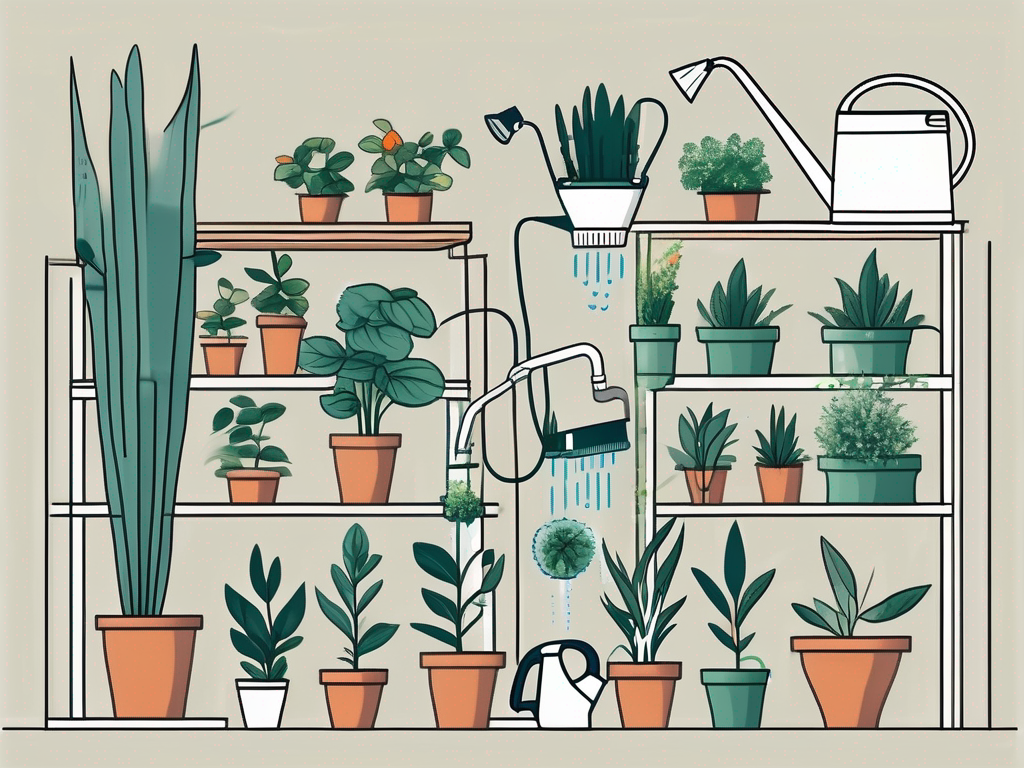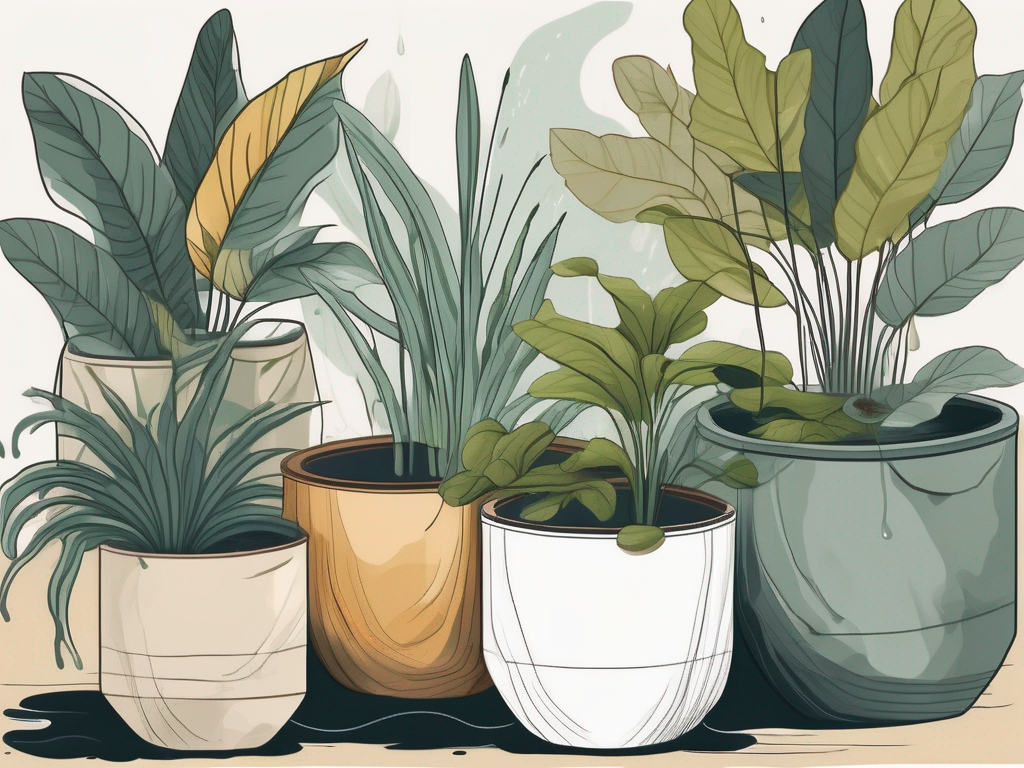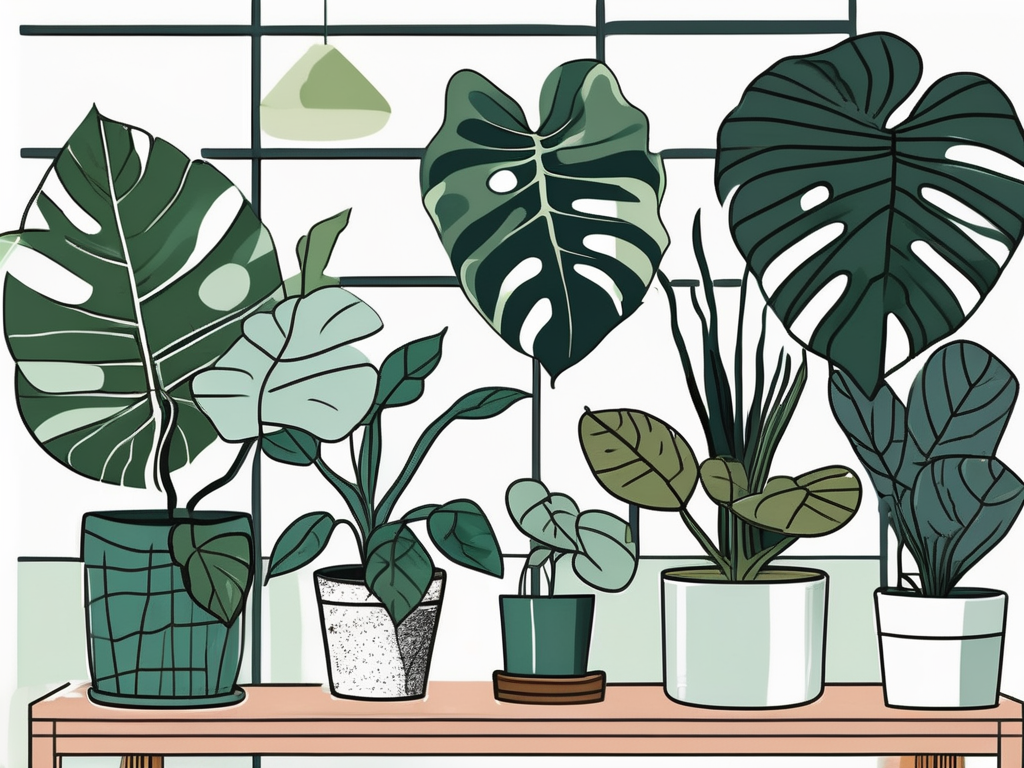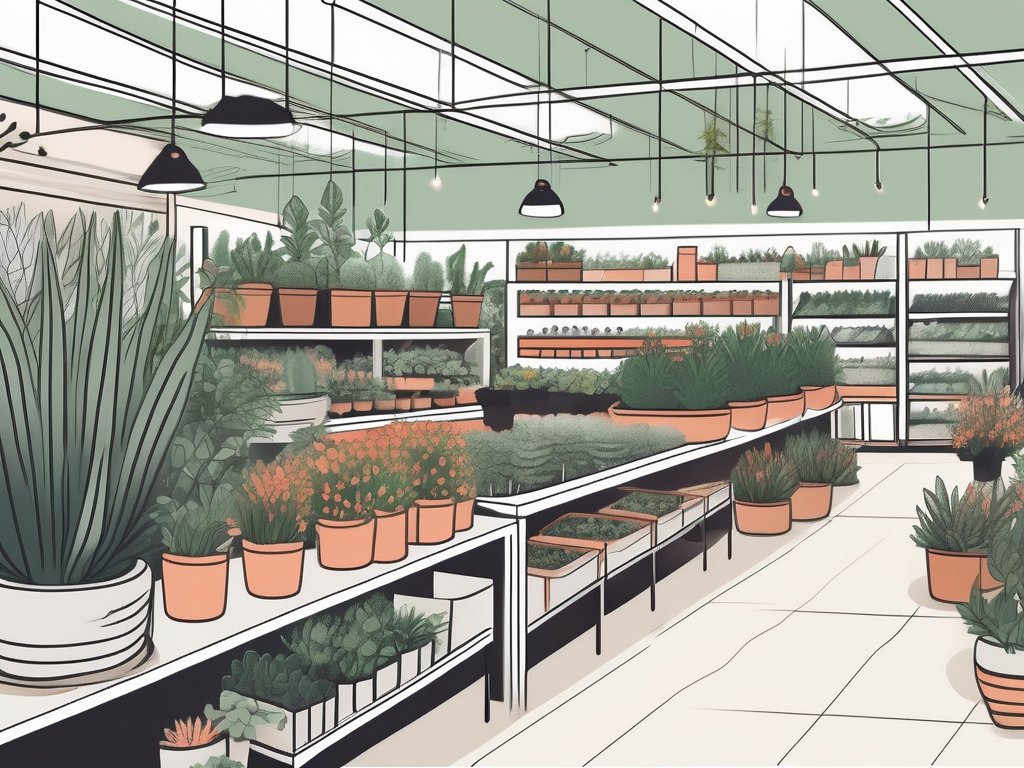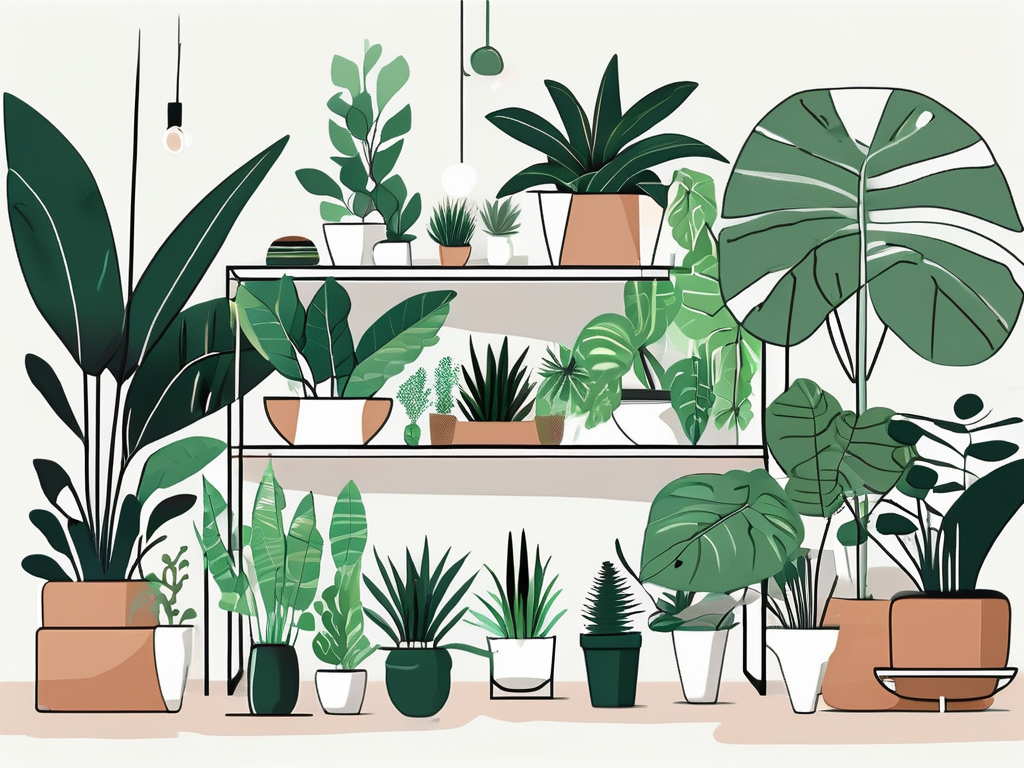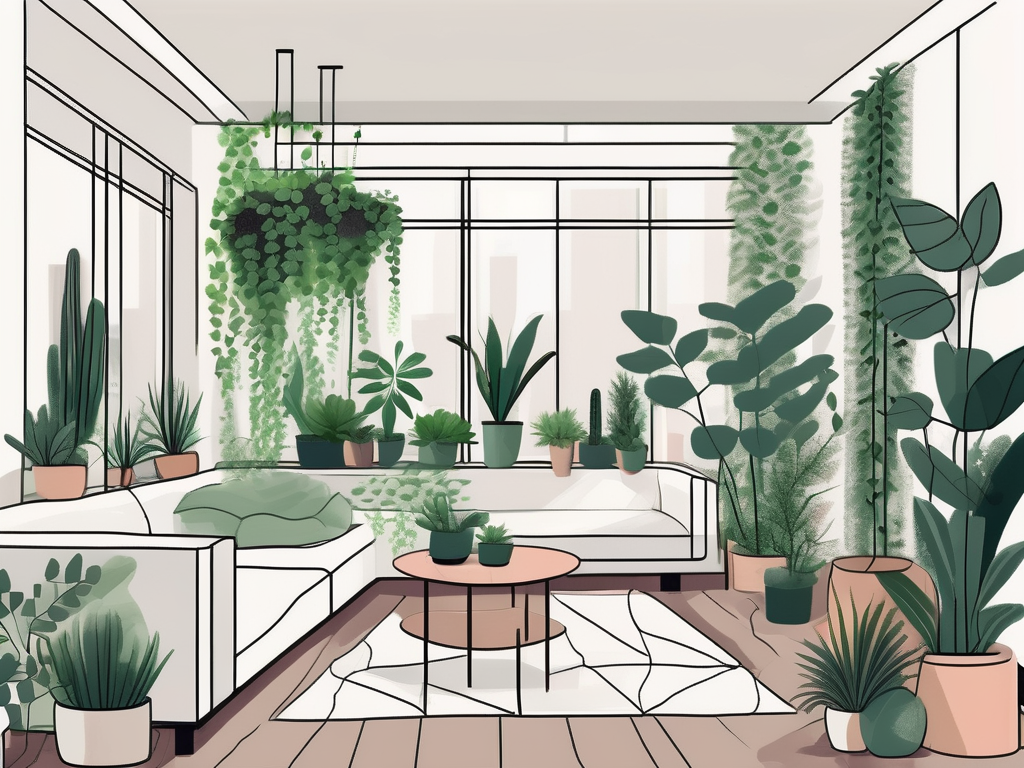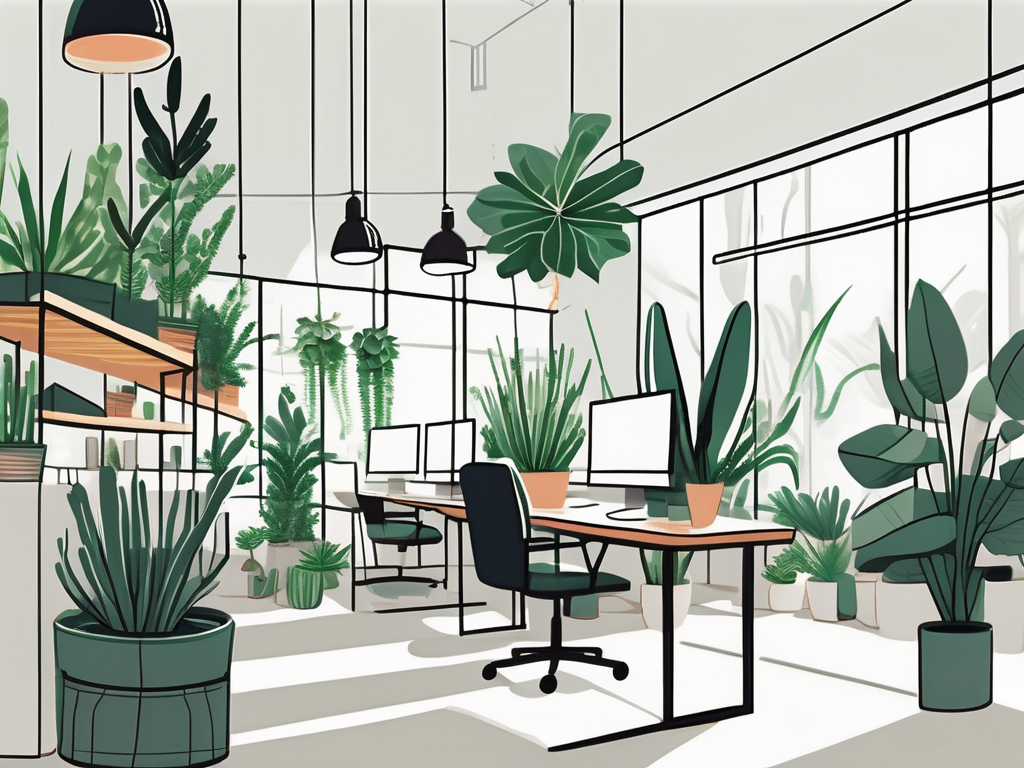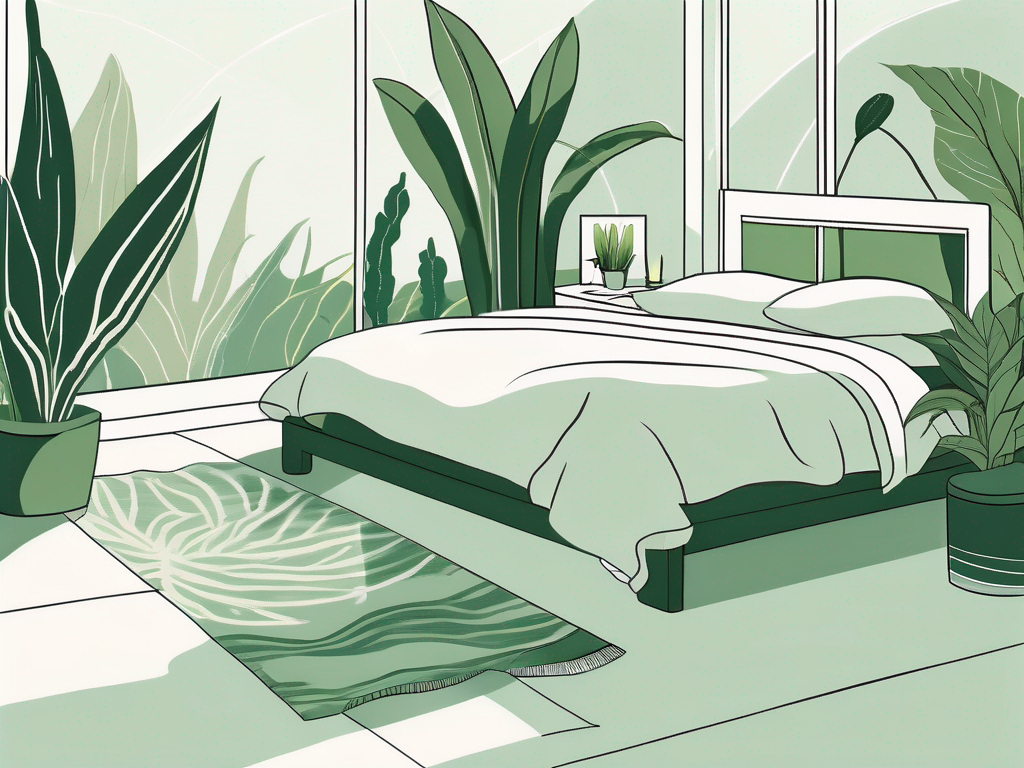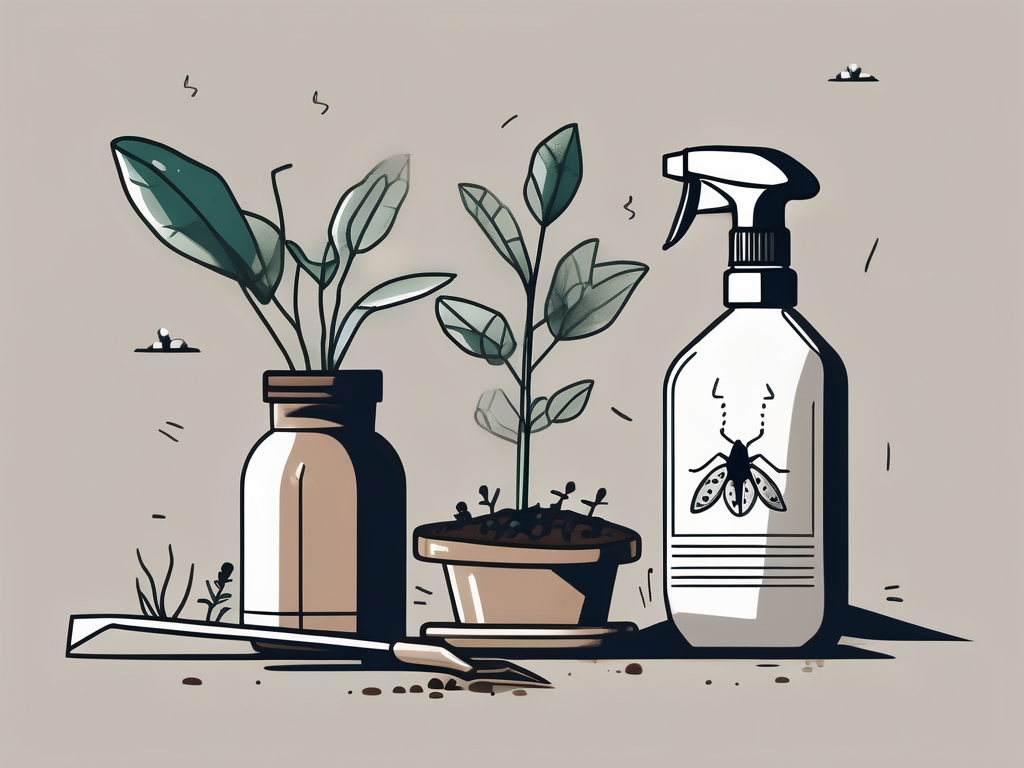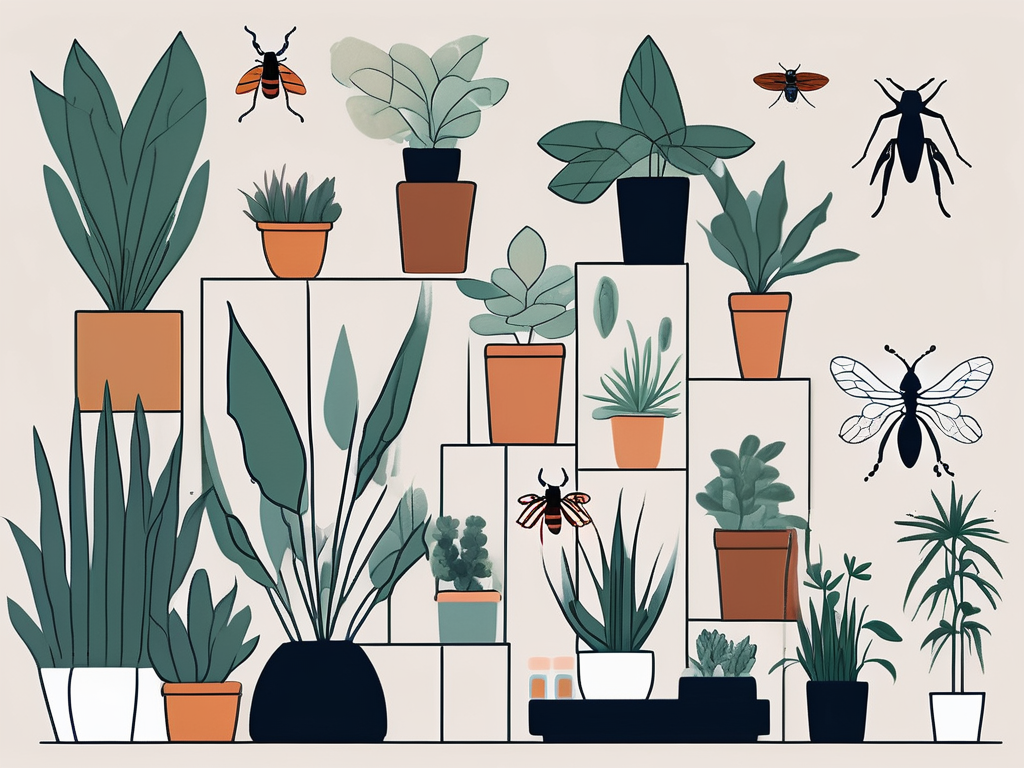
Bringing tall houseplants into your home can be like inviting a piece of the outdoors inside. These towering beauties don’t just add a splash of green to your space—they make a statement. Whether you're working with a cozy apartment or a spacious house, tall plants can fit seamlessly into any decor style, creating a focal point or a lush backdrop.
In this article, we'll explore some of the best tall houseplants that can thrive indoors and elevate your living space. We'll cover their specific care needs, offer styling tips, and provide practical advice to help you keep them healthy and thriving. Let's get started with some leafy giants that are perfect for your home.
Fiddle Leaf Fig (Ficus lyrata)
The Fiddle Leaf Fig is a favorite among plant lovers, and for a good reason. Its large, violin-shaped leaves are not only stunning but also versatile enough to suit various interior styles, from modern to bohemian. But before you dash out to get one, there are a few things you should know about keeping this plant happy.
Firstly, Fiddle Leaf Figs love light—lots of it. Place them in a spot where they can soak up plenty of indirect sunlight. If your plant starts to get leggy or its leaves are dropping, it's usually a sign of insufficient light. While they're not fans of being moved around too often, sometimes a spot change is necessary if they’re not thriving.
Watering can be a bit of a balancing act. Overwatering is a common mistake, so let the top inch of the soil dry out between waterings. And remember, they prefer a humid environment, so misting the leaves occasionally can keep them in good spirits.
In terms of styling, the Fiddle Leaf Fig can easily become the centerpiece of a room. Placing it in a decorative pot can elevate its presence even more. If you're short on space, consider a smaller fiddle leaf variety or prune it to maintain a more compact shape. Just be careful with the sap, as it can irritate the skin.
Monstera Deliciosa
Ah, the Monstera Deliciosa! This plant is known for its iconic split leaves, which have become a symbol of indoor plant culture. Native to tropical forests, it’s not just an Instagram darling—it’s also quite adaptable for indoor life.
Monstera prefers bright, indirect light, but it can also tolerate lower light conditions, making it a flexible choice for different room environments. However, if you want it to grow big and strong, ensure it gets enough light, as the lack of it can result in smaller leaves and fewer splits.
When it comes to watering, let the soil dry out between waterings to avoid root rot. Monstera Deliciosa also appreciates a bit of humidity, so consider placing it near a humidifier or in a naturally humid part of your home, like the bathroom.
Styling a Monstera can be fun. Its large, dramatic leaves make it a perfect plant for filling up empty corners or complementing minimalist decor. You can even train it to climb by providing a moss pole or trellis, which encourages vertical growth. Just be prepared to give it a lot of love and attention, as it can grow quite large.
Rubber Plant (Ficus elastica)
The Rubber Plant is another tall houseplant that makes a bold statement with its glossy, dark green leaves. It’s not only beautiful but also relatively easy to care for, making it a great choice for both beginners and experienced plant parents.
This plant thrives in bright, indirect light, but it can also handle some early morning or late afternoon sun. However, be cautious with too much direct sunlight, as it can scorch the leaves. If you notice your rubber plant leaning toward the light, rotate it periodically to promote even growth.
Watering is straightforward—just keep the soil slightly moist, allowing the top inch to dry out before watering again. Like many other houseplants, it doesn’t like sitting in water, so ensure your pot has good drainage.
In terms of decor, the Rubber Plant's upright growth habit makes it ideal for filling vertical space. You can keep it as a single tall tree or let it branch out by pruning the top. Pair it with a modern, sleek pot to complement its striking appearance, and you’ve got a showstopper.
Bird of Paradise (Strelitzia reginae)
If you're looking for a plant that brings a touch of the tropics, the Bird of Paradise is your ticket to paradise. It’s not just a pretty face—its dramatic, banana-like leaves can reach impressive heights, making it a fantastic addition to any space needing a bit of drama.
This plant loves light, so place it in a bright spot with direct sunlight for a few hours a day. Without enough light, you may notice it growing more slowly or its leaves not unfurling completely. If you have the space, a south-facing window is ideal.
Watering should be done when the top inch of soil is dry, but be generous. Bird of Paradise appreciates a thorough drink, as long as the roots aren't sitting in water. During winter, you can scale back the watering slightly since the plant’s growth slows down.
Adding a Bird of Paradise to your home decor can instantly create an exotic vibe. It works well in a spacious living room or near a window where it can bask in sunlight. Its large leaves can also act as a natural partition in open-plan spaces, offering both style and function.
Dracaena Marginata
Dracaena Marginata, also known as the Dragon Tree, is a versatile and hardy plant that can add a touch of elegance to your home. Its slender, arching leaves create a striking silhouette, making it a popular choice for indoor plant enthusiasts.
Dracaena Marginata prefers bright, indirect light but can tolerate lower light conditions, making it suitable for various spots in your home. However, if you notice the leaves starting to drop or the stems becoming leggy, it may be a sign that it needs more light.
When it comes to watering, it's best to keep the soil slightly dry. Allow it to dry out between waterings to avoid overwatering, which is the most common problem with this plant. As with many indoor plants, ensure there's good drainage to prevent root rot.
This plant's architectural shape makes it a great addition to modern or minimalist interiors. You can place it in a tall, narrow pot to emphasize its height and create a striking focal point. With its low-maintenance nature, Dracaena Marginata is perfect for anyone looking to add greenery without too much fuss.
Norfolk Island Pine (Araucaria heterophylla)
The Norfolk Island Pine is a unique addition to the world of indoor plants. While it’s not technically a pine, its soft needles and conical shape give it a distinctly evergreen look. It’s perfect for those who want a touch of holiday cheer all year round.
This plant thrives in bright, indirect light. Place it near a window where it can receive plenty of natural light but avoid direct sunlight, which can scorch its delicate needles. If your home lacks natural light, consider supplementing with a grow light.
Norfolk Island Pines prefer consistent moisture in their soil, so water them when the top inch feels dry. They also appreciate a bit of humidity, so consider misting them or using a humidifier, especially in dry climates.
Styling this plant can be a lot of fun, especially around the holidays. Decorate it with small, lightweight ornaments to transform it into a festive centerpiece. The rest of the year, its natural beauty can shine in a simple, understated pot.
Bamboo Palm (Chamaedorea seifrizii)
Bamboo Palm is a fantastic choice if you're looking for a plant that thrives in low light and adds a tropical feel to your space. Its lush, airy fronds can brighten up any room, and it’s also known for its air-purifying qualities.
This plant prefers low to moderate light, making it perfect for rooms that don’t get much sunlight. However, avoid placing it in direct sunlight, as it can cause the leaves to burn. If you notice the leaves yellowing, it might be a sign that the light level is too high.
Watering is straightforward—keep the soil evenly moist, but be careful not to overwater. Allow the top inch of soil to dry out between waterings. Bamboo Palms also appreciate a bit of humidity, so misting them occasionally can help keep them healthy.
With its graceful, arching fronds, the Bamboo Palm can add a touch of elegance to any space. It works well in corners or as a backdrop to other plants. Pair it with a decorative pot to enhance its natural beauty, and enjoy the tropical vibe it brings to your home.
Yucca Plant (Yucca elephantipes)
The Yucca Plant is a hardy, striking plant that can add a touch of the desert to your home. Its sword-like leaves and rugged appearance make it a great choice for those looking to add a bit of edge to their decor.
Yucca Plants love bright, indirect light and can handle some direct sunlight as well. They're perfect for sunny rooms or spots near a window. If your Yucca starts to lean, it's a sign that it needs more light, so adjust its placement accordingly.
One of the best things about Yucca is its drought tolerance. Allow the soil to dry out completely between waterings, and be cautious of overwatering, which is the most common cause of problems with this plant.
In terms of styling, the Yucca Plant's bold, architectural form makes it ideal for modern or industrial interiors. You can place it in a minimalist pot to highlight its dramatic shape. Just be mindful of its sharp leaves, especially if you have pets or small children.
Final Thoughts
We’ve covered a variety of tall houseplants that can bring life, style, and a touch of nature into your home. From the lush leaves of the Monstera to the elegant fronds of the Bamboo Palm, there's a plant for every taste and space. Remember, each plant has its own unique needs, so pay attention to light, water, and humidity levels to keep them thriving.
At Cafe Planta, we’re passionate about connecting people with plants. Whether you’re looking for a new addition to your home or need some plant care advice, we’re here to help. Feel free to email us, send us a message on Instagram, or visit our shop to explore our collection. We believe in the power of plants to bring joy and connection, and we're thrilled to share this journey with you.

